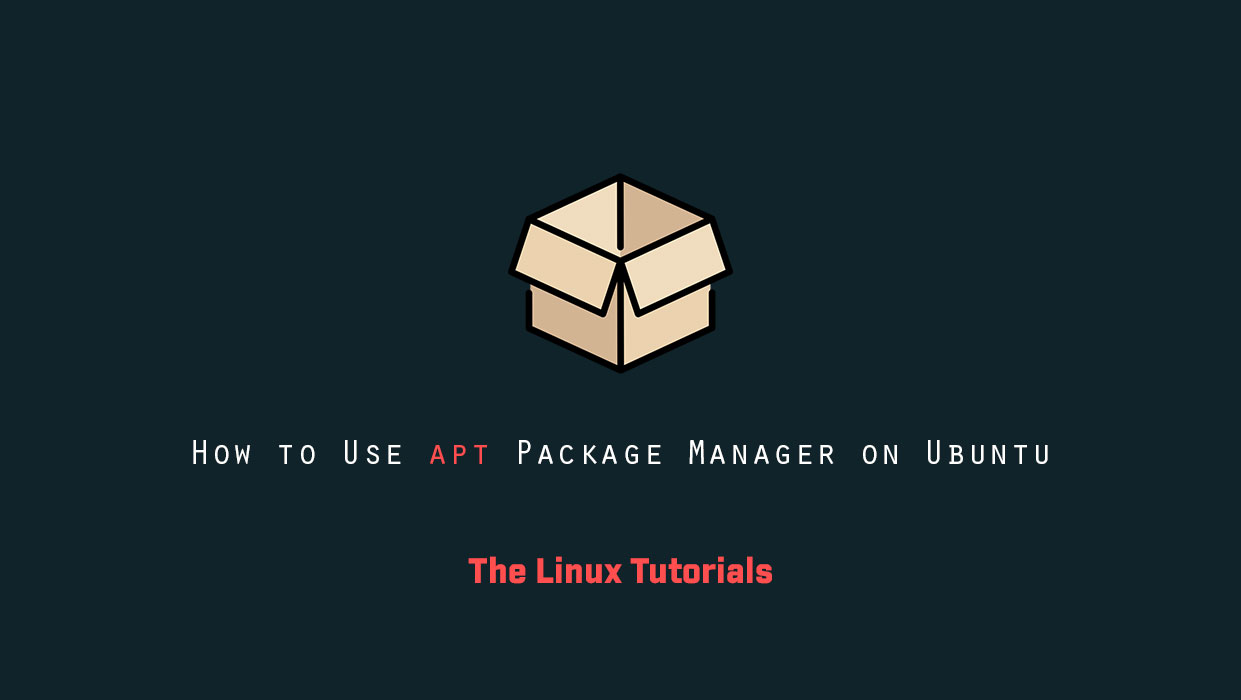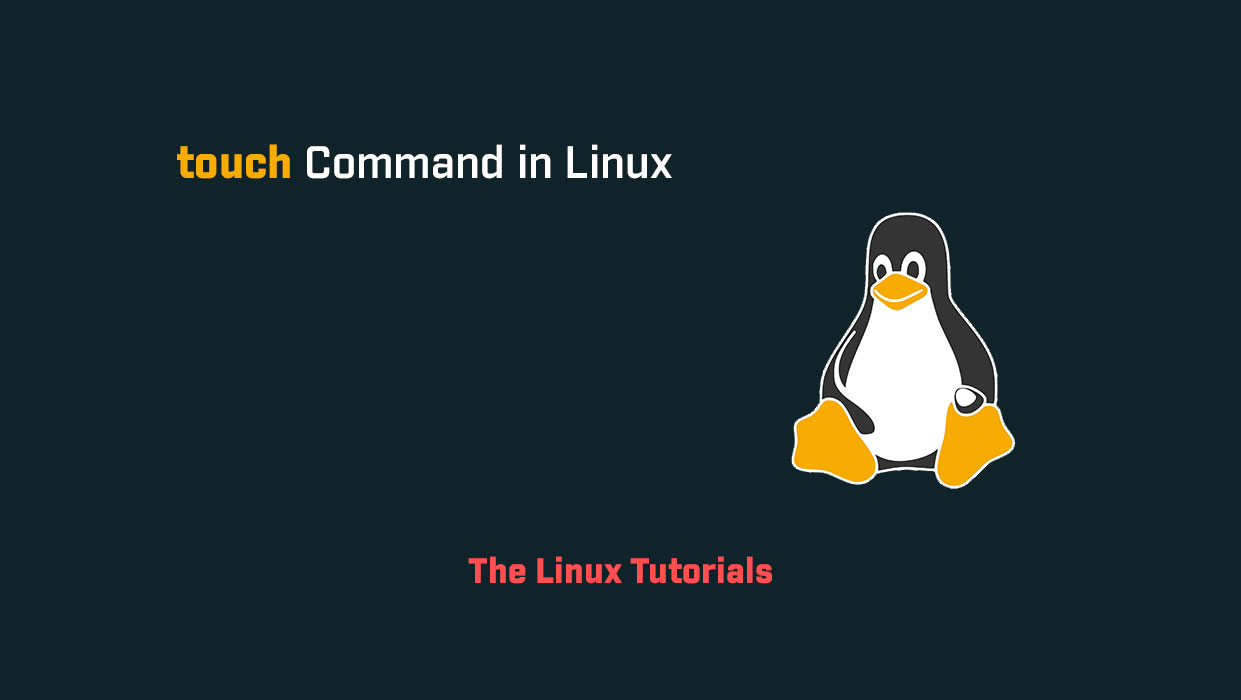This guide explains easy ways to check Ubuntu version using the command line and the graphical interface. When you log in to an Ubuntu system for the first time, it’s a good idea to check which Ubuntu version is installed. Ubuntu releases a new version every 6 months. LTS (Long Term Support) versions are released […]









